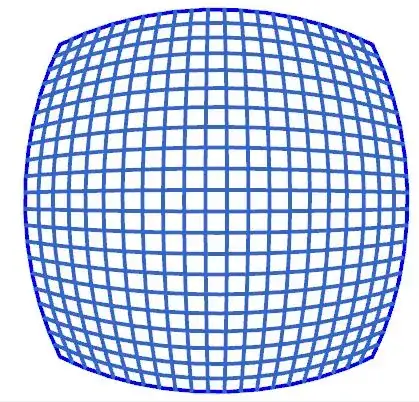The series $$\sum_{n=1}^{\infty}\frac{1}{n(n+1)}=1$$ suggests it might be possible to tile a $1\times1$ square with nonrepeated rectangles of the form $\frac{1}{n}\times\frac{1}{n+1}$. Is there a known regular way to do this? Just playing and not having any specific algorithm, I got as far as the picture below, which serves more to get a feel for what I am looking for.

I think some theory about Egyptian fractions would help. It's nice for instance in the center where $\frac13+\frac14+\frac16+\frac14=1$. And on the right edge where $\frac12+\frac13+\frac16=1$.
Side note: The series is $\left(\frac11-\frac12\right)+\left(\frac12-\frac13\right)+\left(\frac13-\frac14\right)+\cdots$. The similar looking $\left(\frac11-\frac12\right)+\left(\frac13-\frac14\right)+\left(\frac15-\frac16\right)+\cdots$ sums to $\ln(2)$, and there is a nice picture for that, if you interpret $\ln(2)$ as an area under $y= \frac{1}{x}$:
